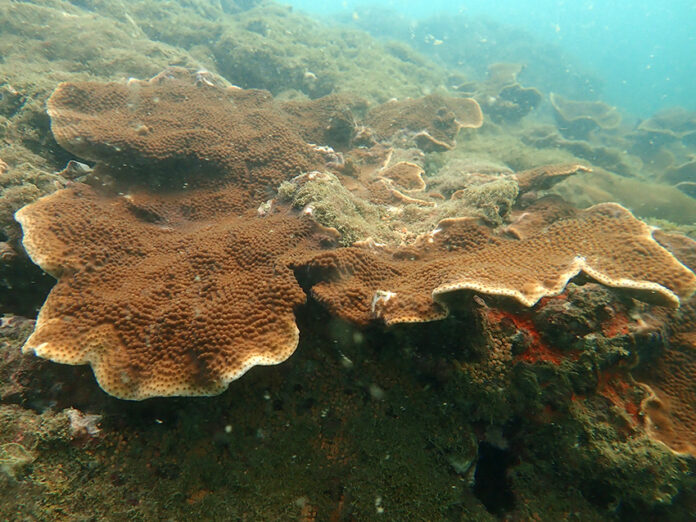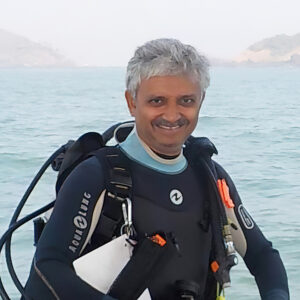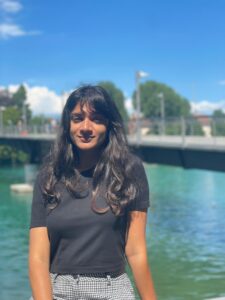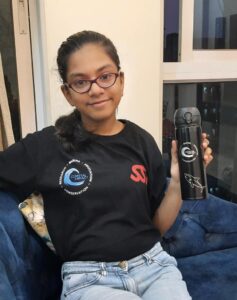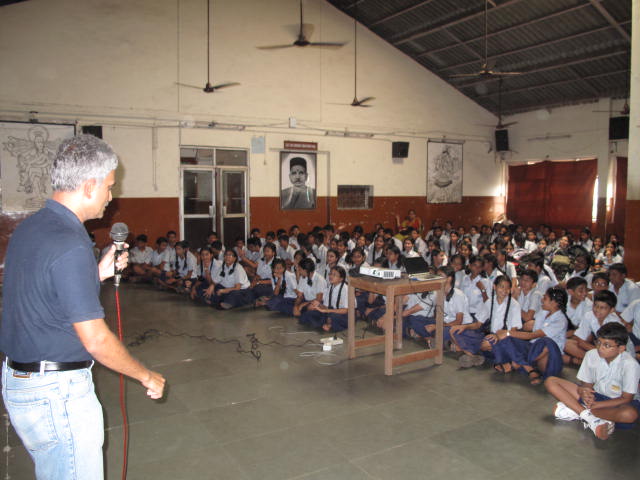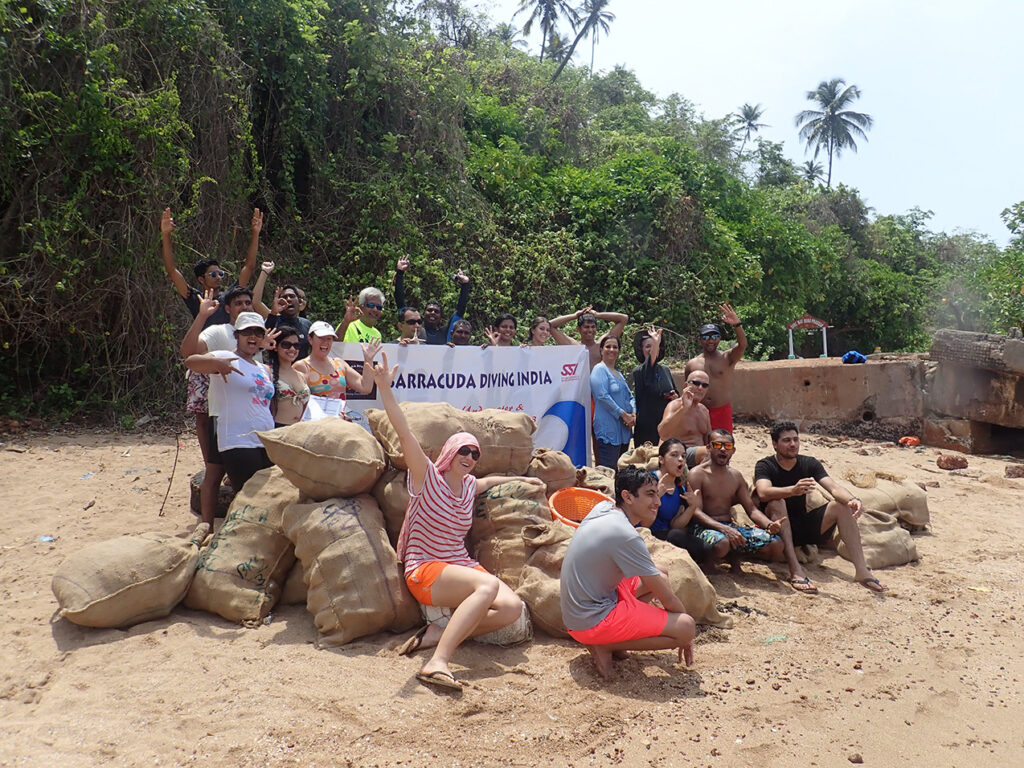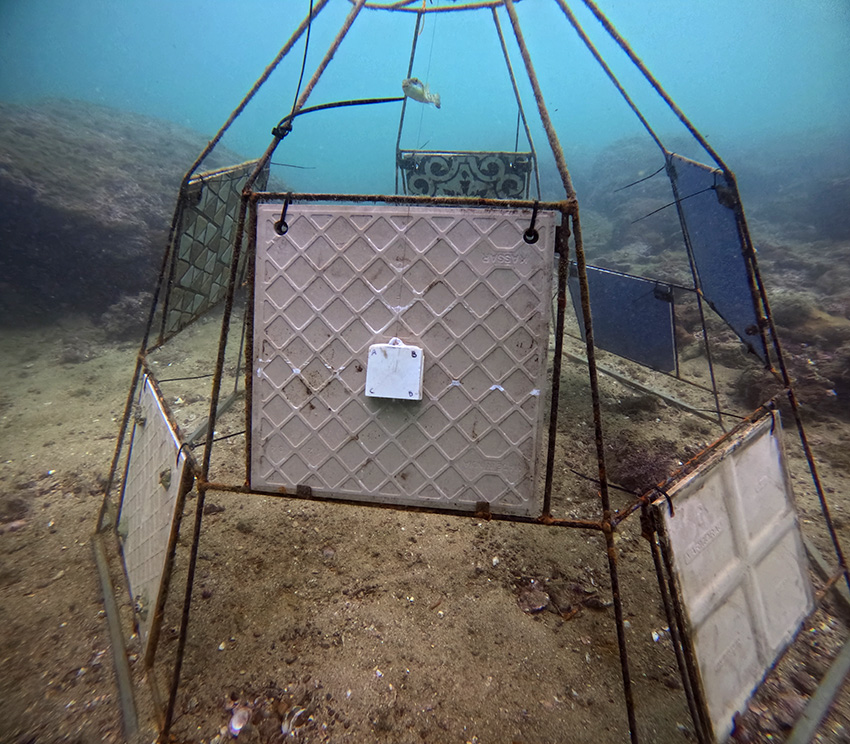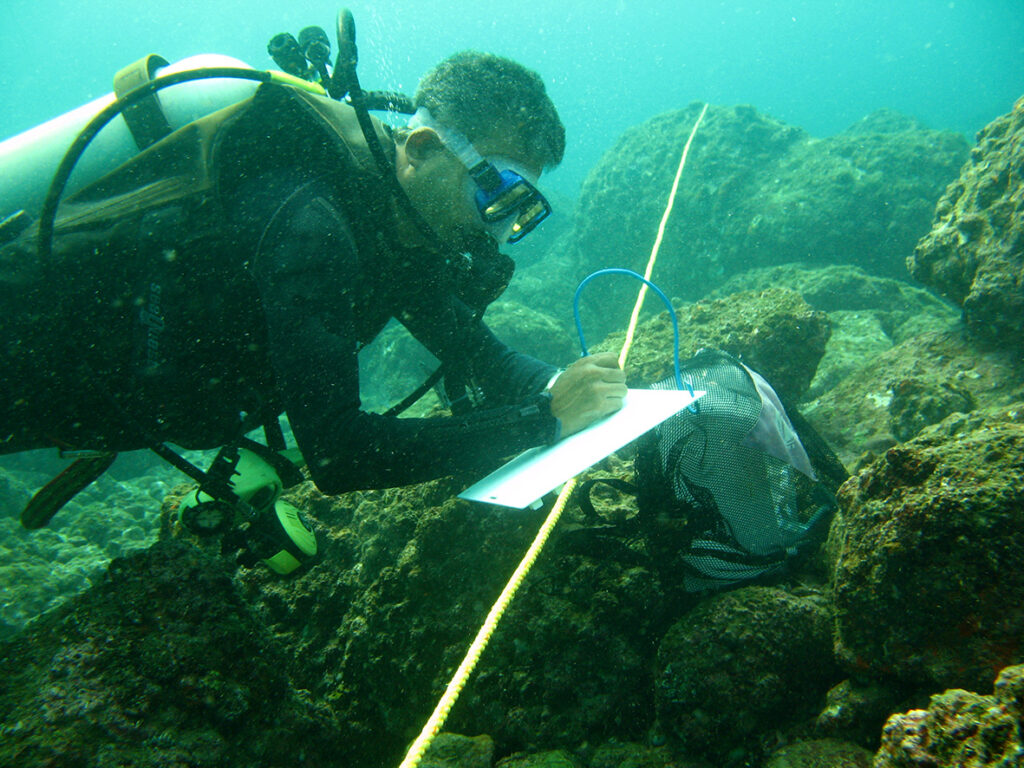Eleven-year-old Samaira Ram is fascinated by the sea. She had seen photographs and videos and learnt how colourful and beautiful the floor of the sea is. She was keen on learning diving when she grew up. When her uncle suggested she adopt a coral for her birthday, she was excited.
Samaira became the first person to adopt a coral in the ‘Coral Crusaders’ scheme launched by Goa-based NGO Coastal Impact in 2021. The program involves individuals or companies adopting a coral fragment for a year for a sum. The money collected is used for coral transplantation and care.
“We received a one-year Rs 20-lakh grant from the Habitats Trust and began our program to conserve the coral cover in Goa. We could not raise money during the Covid phase. So, I hit upon the plan to put coral fragments up for adoption. This is fairly common in other countries, but not in India,” says founder of Coastal Impact and passionate marine conservationist, Venkatesh Charloo.
Interestingly, Venkat worked as a banker in Hong Kong for 11 years before the bug for diving got to him. He was 26 years old when he learnt diving and it soon became a passion. His observations and experiences as a diver made him both appreciate the underwater environment and understand the problems the oceans were facing. From there stemmed his deep interest in marine conservation.
He founded Coastal Impact in 2009 to build awareness about marine ecosystems and motivate people to become divers and ‘ocean ambassadors,’ and contribute to saving Goa’s precious marine life.
“A 2-3 cm fragment costs Rs. 5,500 to adopt. The number of coral fragments adopted is currently 139. We have raised a total of Rs 6.95 lakhs through coral adoption. Everybody who adopts a coral is fighting for nature,” he says. The adopter is given a certificate and the number of the coral. If he or she wants to name, this is included in the certificate.
Many divers and non-divers want to assist with the coral conservation program. The NGO asks them to adopt a coral and even give it as a birthday or anniversary gift to a friend or family member. People can readopt the coral after a year is up. Coastal Impact takes photos of corals and uses artificial intelligence to measure them periodically, tracking their growth.
Why are corals important
Many coral reefs are over 500 million years old. Individual corals may be small but they are one of the most important elements of the marine ecosystem though they occupy less than 1% of the ocean floor area globally.
“Coral reefs protect shorelines from storms and huge waves. Also, they support 25% of all marine life by providing food and shelter. A healthy coral reef is a very good indicator of the health of the ocean. Around 60-70% of our oxygen comes from the oceans,” explains Venkat.
Corals, much like plants and trees in forests, support life. They keep the marine atmosphere healthy. That’s why they are dubbed the ‘rainforests of the sea’. There are 30 species of hard coral in Goa in various colours, the most common variety is plate coral.
“The coral cover under the oceans is endangered by pollution, particularly plastic dumping, over-fishing, climate change and ocean acidification,” rues Venkat.
“Coral reefs are important for Goa for two major reasons. They help the local fishing community by increasing the number and variety of fish in the area. Also, they are an attraction for the dive tourism industry. Usually, corals grow in clear water, but though Goa has turbid water, it has a reasonable coral cover. For transplantation, we focus on plate corals which are very resilient,” says Roanna Silveira, a marine biologist who volunteers with Coastal Impact.
How corals are transplanted
“I am not a marine biologist but a diver with a fair amount of experience in the underwater scene. The changes I have seen underwater over the past 30 years prompted me to take up coral transplantation. I wanted to do something practical to help the oceans,” says Venkat.
The total number of coral fragments in the nursery before the monsoons in 2024 was 500+ of which 300+ were outplanted before the monsoon set in. “In total, we have transplanted 1,696 fragments across artificial reefs and are looking to take this to 3,000+ in the next phase,” he says.
“We pick up broken but live corals and break them into smaller pieces. This micro-fragmentation technique enables the corals to grow 40% faster compared to other conventional methods,” he explains.
The coral fragments are carried in a mesh bag under the boat (they are not taken out of the water) until the team gets to the nursery site at Goa’s Grande Island.
“Our Artificial Reef (AR) project is currently funded by Hindustan Petroleum Corporation Limited (HPCL). We are using 3D metal structures for coral transplantation. A total of 50 structures with 1,216 coral fragments were planted across four sites around the island as part of this project,” says Venkat.
Every month the NGO’s team goes down and brushes the tiles to remove algae growing on them which sometimes takes over the coral. Once the corals have grown to a certain size, the NGO does what is called out-planting – puts the corals back on the reefs.
Coastal Impact also conducts marine awareness programmes in schools and colleges so that the youth realise how the marine environment is increasingly threatened by pollution, over-fishing, and other factors, and what they can do about it.
The NGO collaborates with bigger organisations like WWF (World Wildlife Fund), WCS (Wildlife Conservation Society), CMFRI (Central Marine Fisheries Research Institute) and NIO (National Institute of Oceanography) to carry out its activities.
This is an abridged and updated version of an article published on the ‘30 Stades’ website in August 2023. The link to the original article is given below:
Aruna Raghuram is a freelance journalist based in Ahmedabad. She writes on women’s issues, environment, parenting and social enterprises.


